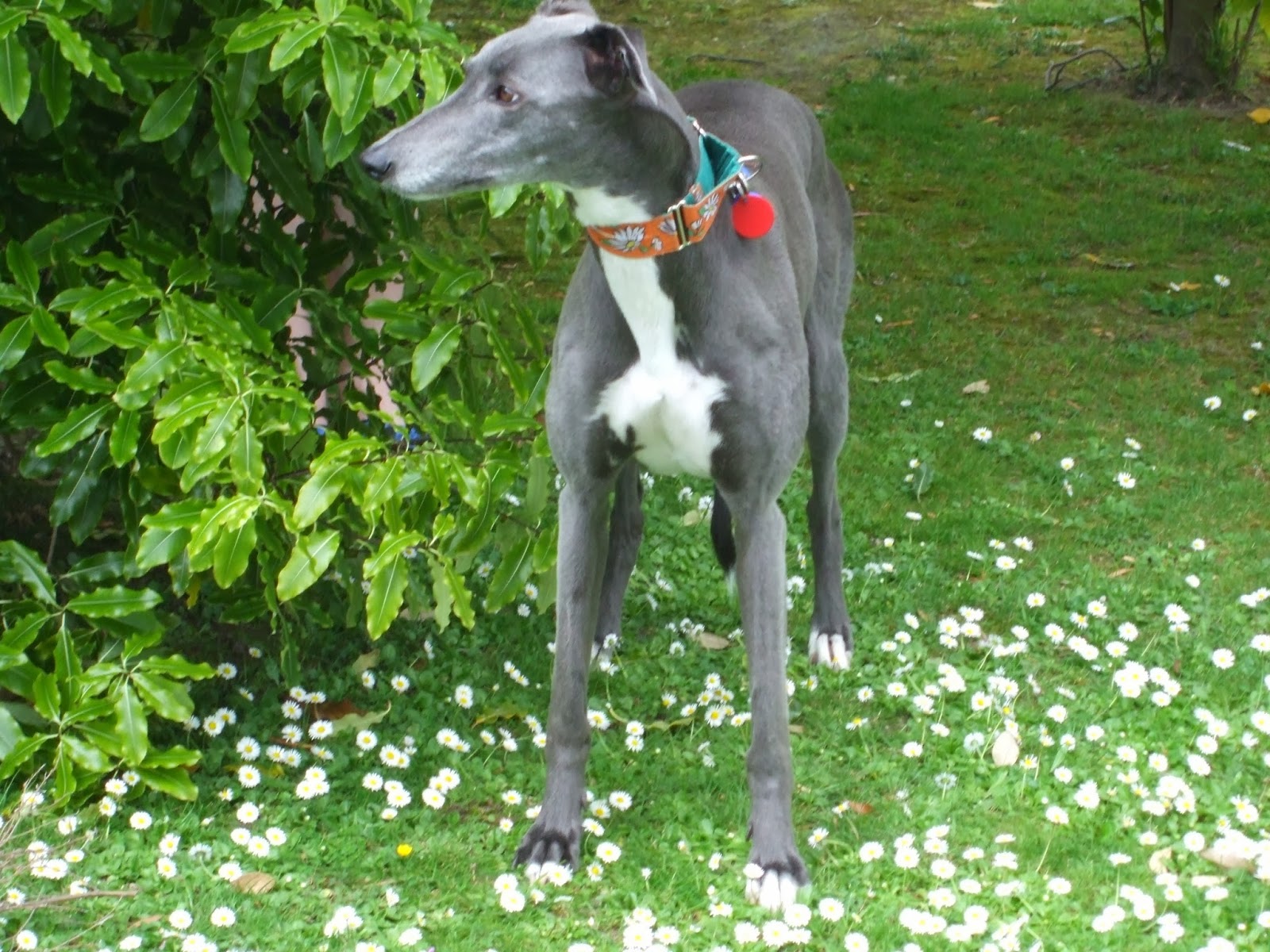Text published Memories Magazine Issue 95 April / May 2012.
Additional photos added.
The New Zealand government sent approximately 10,000 horses on active service to the First World War. All mounted riflemen had a horse and senior officers usually had several.
 |
| B00918, AUSTRALIAN WAR MEMORIAL. |
The New Zealand government sent approximately 10,000 horses on active service to the First World War. All mounted riflemen had a horse and senior officers usually had several.
There were packhorses to carry equipment and supplies including machine guns; draught horses pulled ambulances, supply wagons and artillery guns.
The cavalry mounts were between four and seven years of age. They stood from 14 hands to 15½ hands in height. Geldings were preferred to mares and stallions [were not permitted]. Very light colours were not accepted and all horses were expected to have some thoroughbred in them. However, pure thoroughbreds were also not accepted. The remounts needed to be sound, able to work without losing condition easily, used to weapons being fired close to them, as well as being good jumpers and able to swim in deep raging water.
 |
| Horses on board ship. Courtesy of Richard Stowers. |
Agriculture inspectors purchased the horses and they were delivered by train to a remount depot. The animals were then fed, exercised and kept in good health until shipped to a port close to the war zone. The sea voyages took several weeks and horses sometimes became ill while being transported. Some died and were hoisted overboard. But on the whole, most of the animals were kept in reasonable condition. Some of the soldiers who had volunteered to fight in the Mounted Rifles Brigade were able to take their own horses.
When the vessels reached port, the horses were transferred by rail to field remount depots. By now they had been exposed to tropical diseases and infestations and were given time to rest and acclimatise before being issued to units. During their time away they sometimes experienced extreme heat, excessive cold, sand storms and very cold rain. Their food was often poor and for much of the war, clean water was not available. Sometimes the horses went for days without water and if they required some during an assault an attack could not always be indefinitely sustained.
When horses worked excessively they needed hard feed. This was often given in the form of hay, berseem, chaff, straw, oats, maize, bran, dhoura or barley. The riflemen spent many hours caring for the animals and it was against regulations to wash them in the desert, however, each day the horses were groomed for several hours to keep their pores open and healthy. There was a farrier sergeant provided and one shoeing smith per troop.
When horses had minor ailments and injuries, the veterinary officers treated them. More serious casualties were evacuated from the battle zone by rail to veterinary hospitals.
 |
| Courtesy of New Zealand Mounted Rifles. |
It was important for a mounted rifleman to keep his horse in top condition. This avoided the risk of losing it and receiving an inferior mount. New Zealand horses were generally considered to be very good. Other horses came from the United States, France, Britain, Argentina and elsewhere. However, some Argentinean horses struggled to hold their condition.
The New Zealand Mounted Rifles Brigade and the Australian equivalent (Australian Light Horse Brigade) were collectively known as the ANZACS. They were not cavalry and did not attack their enemies in the traditional cavalry manner while charging with swords and lances. Instead, they rode their horses through the battlefield until they were able to locate or engage with enemy. They then dismounted and attacked as infantrymen with rifles or bayonets while the horses were held by every fourth soldier of their number who retreated from enemy fire. Sometimes the riflemen slowed the larger enemy force’s advance until the more effective infantry brigades came forward and were able to take over the fighting. Because the horses often required water during longer assaults the attacks could not always be indefinitely sustained.
As well as the chilling experience of fighting the human enemy the mounted riflemen often found giant tarantula spiders, venomous snakes, scorpions and centipedes in their boots or beds. Within their ranks, the regiments had personnel from all backgrounds. There were clerks, carpenters, farmers, bakers and gardeners.
By the end of the war the New Zealand quarantine regulations would not allow the horses to return home. The financial cost was also another possible consideration. Most of the surviving horses were passed over to the British Army garrison units or sold to the locals in the Middle East. Only a mare named Bess returned after surviving three years in Egypt and Palestine. She had not been wounded during that time. Her owner, Lt Colonel Powles knew General Sir Andrew Hamilton Russell, Commander of the New Zealand Rifles. Russell was able to influence Bess’ return to New Zealand. Bess lived until the age of 24 and retired at Flock House, an agricultural training farm 14 kilometres from the township of Bulls  |
| Only Bess returned to New Zealand. Courtesy of Terry Kinlock |
James Fagan
Palmerston North
New Zealand































